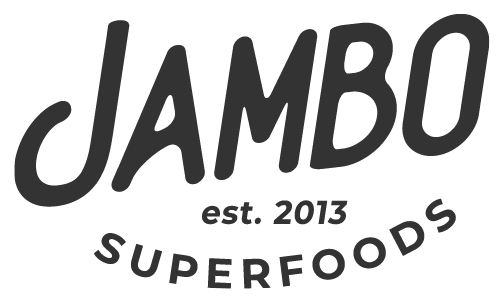Teaching Kids an Eco-Friendly Lifestyle in an At-Home School Space

We have the opportunity while our kids are at home with us participating in e-learning to teach them valuable lessons about living an eco-friendly lifestyle. We can teach them about the planet and how our daily life can have a significant impact on our environment without even thinking about how harmful little things can be.
A great way to start is by teaching them about recycling. Many schools do not have proper recycling protocols, and even if they do many students do not understand the importance of making sure they are only placing certain items in the labeled containers.
Children are visual learners, show them some images of landfills, and litter pollution to help them understand the impact of throwing away everyday items that could be reused or recycled. This is an important time to stress how picking school supplies (like paper, folders, binders, etc.) that are made from recycled products is important. Let the child know that they can make a difference by being conscious of their actions when purchasing and disposing items. Show them which items are recyclable and have two separate bins in their at home school space to practice.
Reusing items is a huge part of being eco-conscious. We’ve come up with a few simple mini lessons to help your child understand how they can reuse old or broken items in a new way!
- Make New Crayons. Gather all of the dull and broken crayons in the box and get ready to give them new life! Place the small pieces in a mold (you can use little candy molds to make cool crayon shapes) and let the child use a hair dryer to melt down the crayons into their new cool form.
- Magazine Collage. You know, like the ones you used to make as a teenage girl! Grab some old magazines and help them cut out their name and pictures of things that they like to make a personal collage. You can also use this for specific subjects, or prompt them to find images that make them feel certain emotions, etc.
- Reusable Glass and Plastic. Last nights’ spaghetti jar or this mornings’ greek yogurt container can serve a purpose in your at-home school space. Show them how clean plastic and glass containers can be given a second purpose for a while. Yogurt cups can be used to hold paints, or rinsing water for projects. Glass jars can hold a variety of art supplies or aid in science projects. The possibilities are endless really.
- Make Non-Toxic Cleaning Supplies. This one isn’t old (unless you use an old spray bottle, but it starts us on our next topic.) Start with a simple all-purpose cleaner. 50/50 water and vinegar solution with a few drops of essential oil (lavender is nice) or lemon juice! Cut a few clean old t-shirts as cleaning rags!
That last one was important because chemicals are everywhere; it’s hard to avoid! We send our kids out into the world hoping that everything turns out alright and that their bodies will remain healthy and will grow into health conscious young adults. This is one thing that many schools are certainly not teaching. Understandably so, better quality supplies are more costly than what many school budgets can afford for an entire school district of children.
There are a variety of non-toxic products out there to ensure that your children are not being exposed to harmful chemicals every day while completing their school work.
Crayons: HoneySticks, WeeCan Too’s, or Crayola (most affordable and easily available) are non-toxic crayons
Markers: Crayola, Babyroo (a great brand for small children who stick everything in their mouths!)
Glue: Onyx & Green
Paint: Crayola, Go Green Finger Paints


Recent Comments